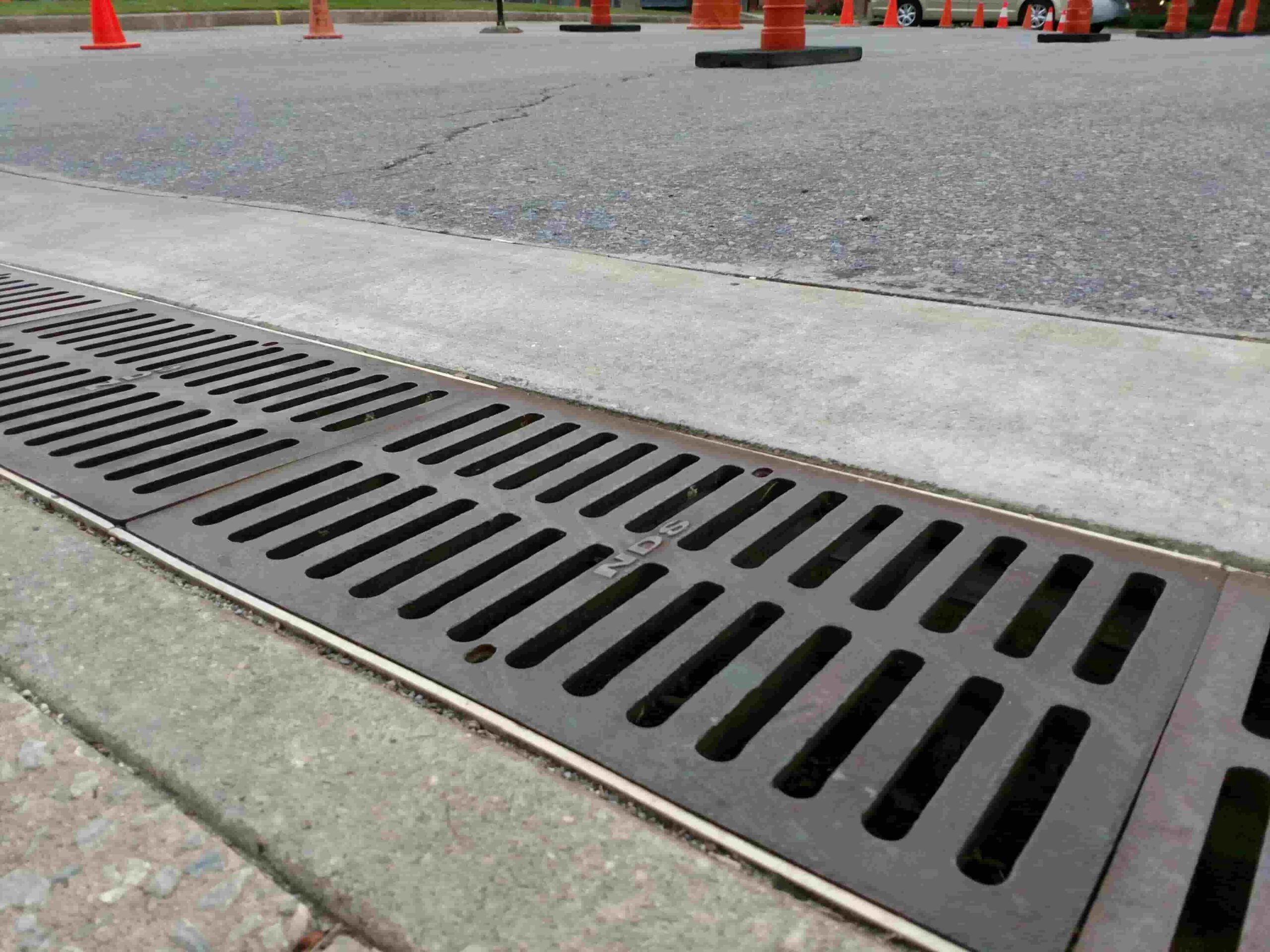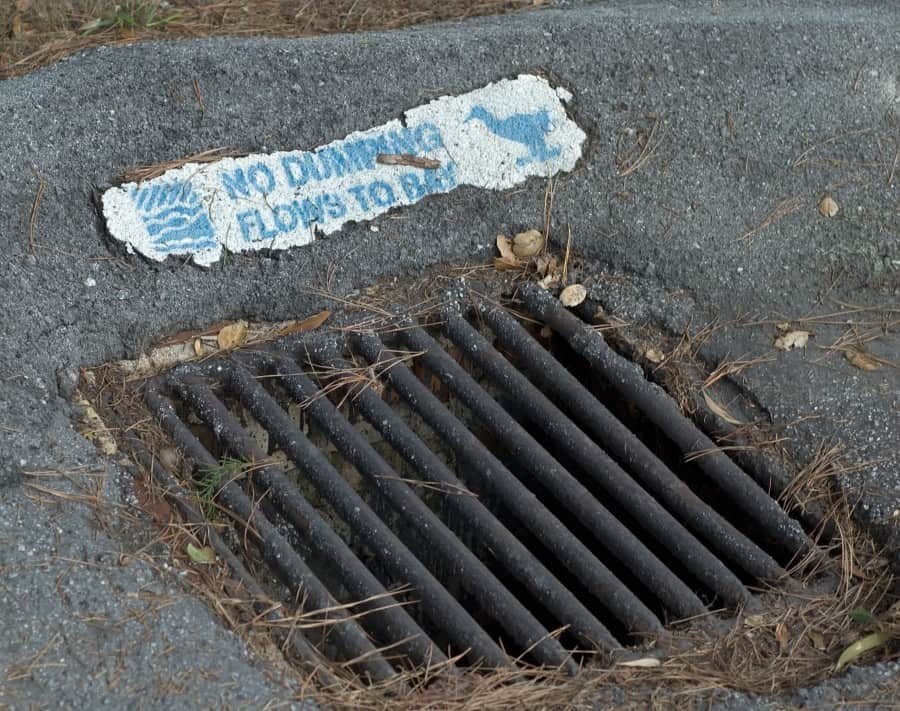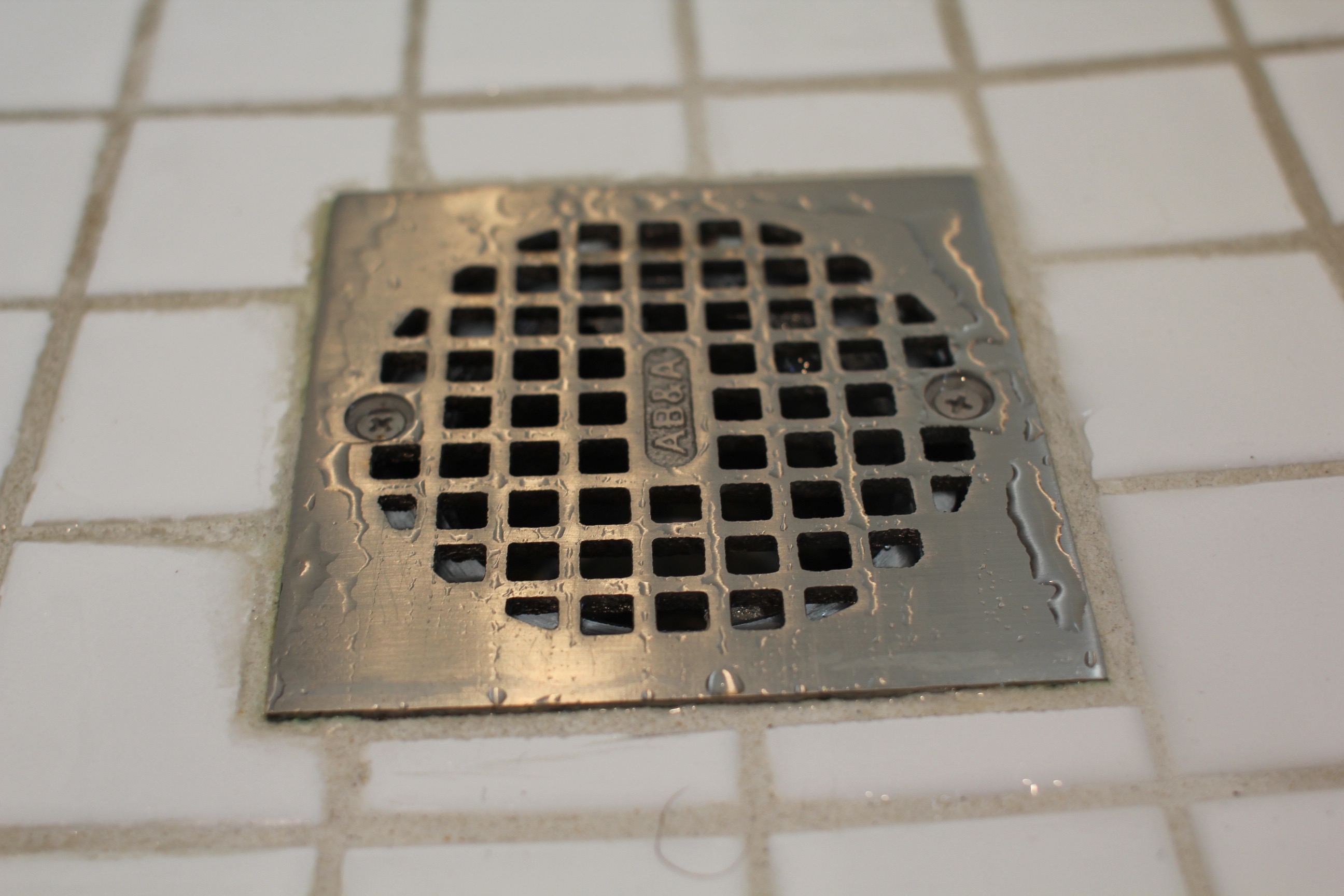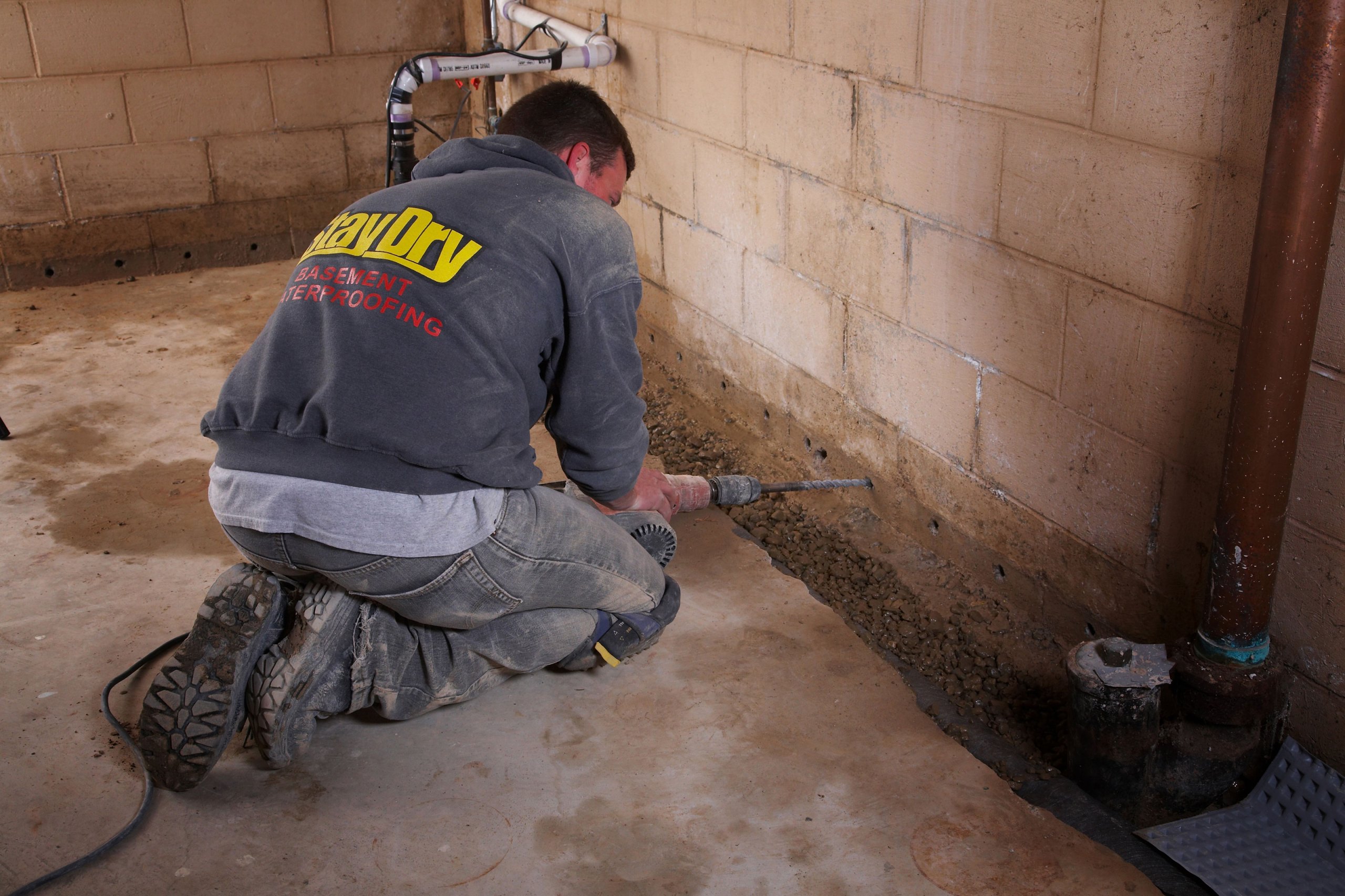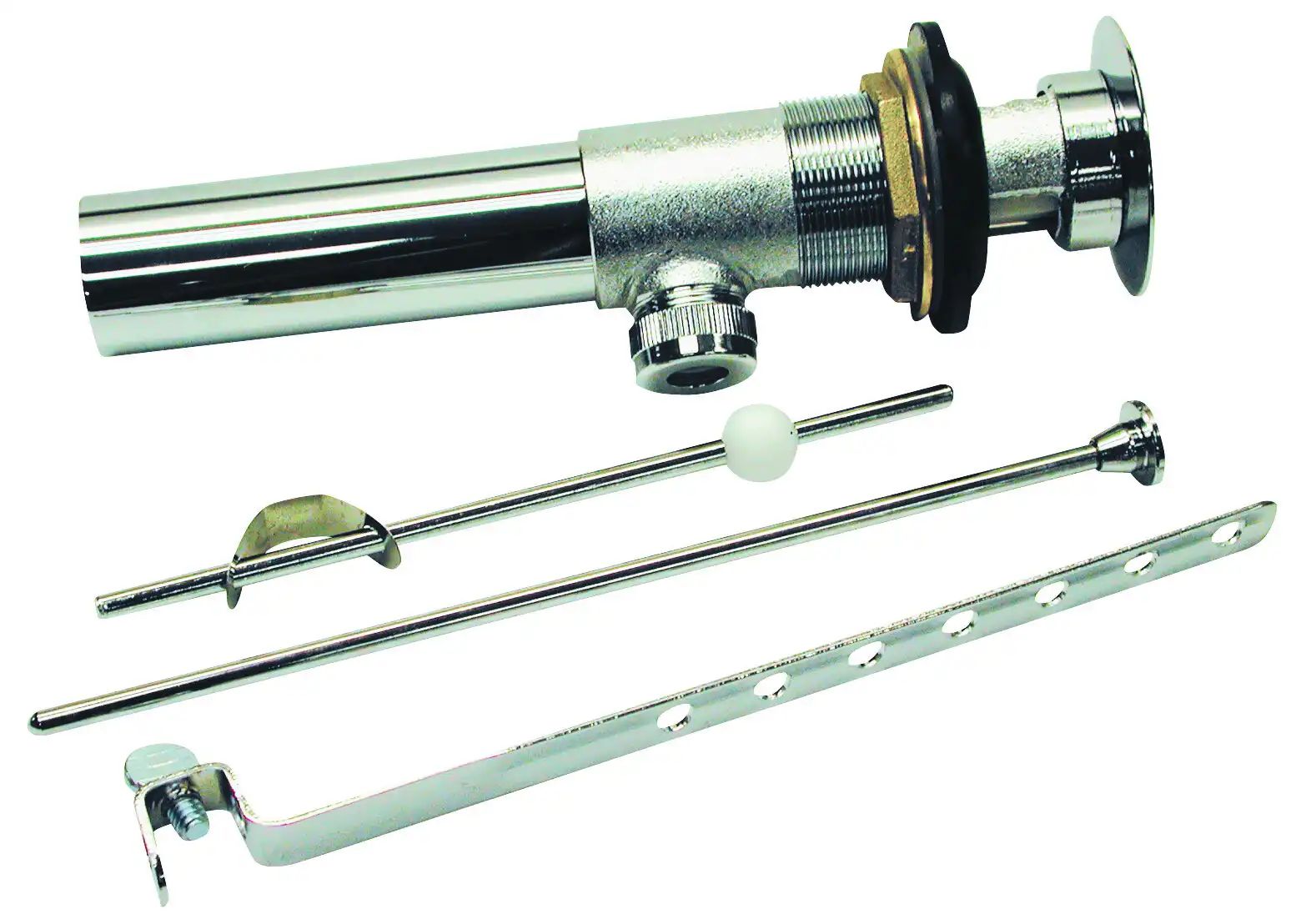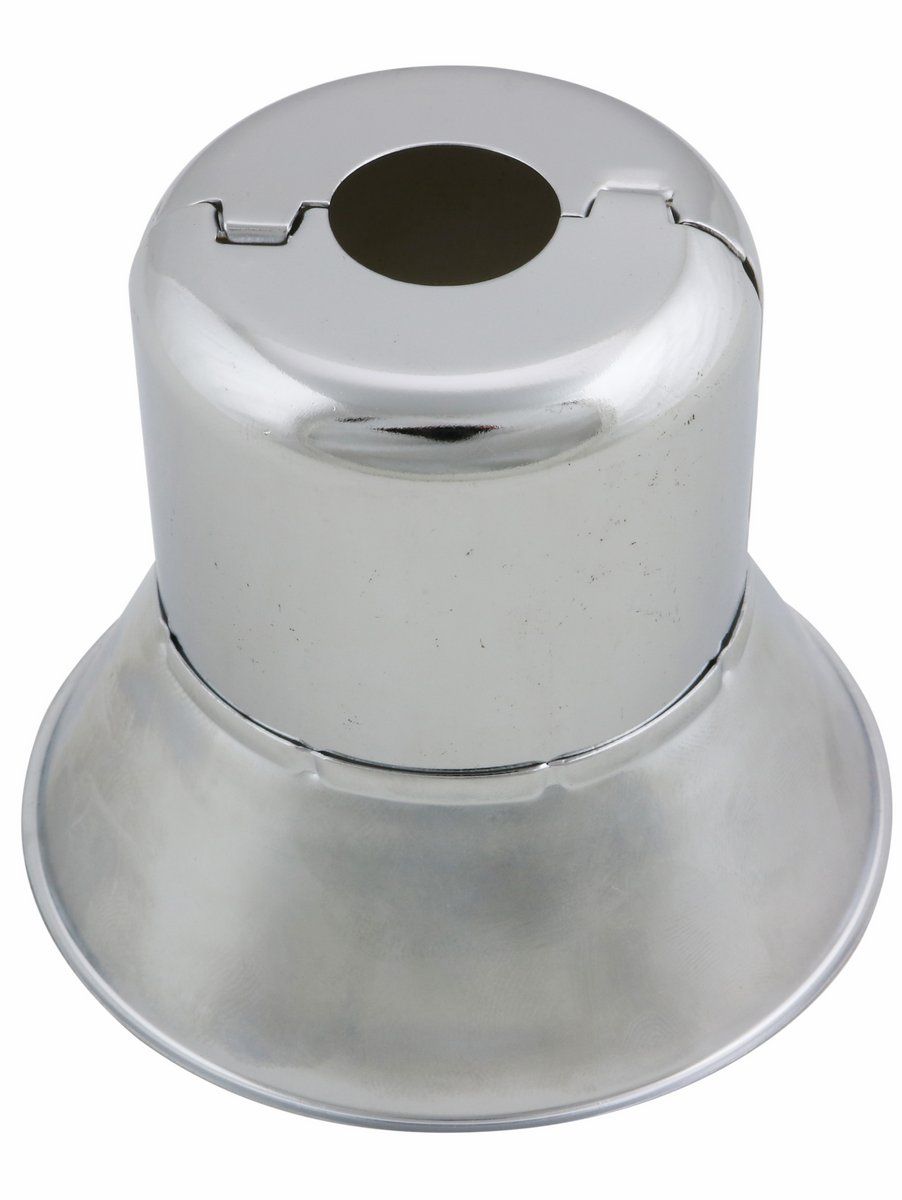Faucet
The faucet is one of the most important parts of a bathroom sink, as it controls the flow of water. It typically consists of a spout, handles, and a cartridge or valve that controls the water temperature and flow. Faucet is a broad term that encompasses different styles such as traditional, modern, and waterfall. When choosing a faucet for your bathroom sink, make sure it matches the overall aesthetic and functionality of your space.
Drain
The drain is the part of the sink that allows water to be removed from the basin. It is typically located at the bottom of the sink, directly below the faucet. The drain consists of a flange, drain body, and drain basket, which collects debris and prevents it from clogging the pipes. It is important to regularly clean and maintain the drain to prevent any buildup and ensure proper drainage.
Stopper
The stopper is a small but essential part of a bathroom sink. It is located in the drain and is used to stop or allow water to flow through the basin. There are different types of stoppers, such as push-pull, lift-and-turn, and pop-up, each with its own mechanism for controlling water flow. Make sure to choose a stopper that is compatible with your sink and easy to use.
P-Trap
The P-trap is a curved pipe that connects the drain to the plumbing system. It is called a P-trap because of its shape, which resembles the letter P. Its purpose is to prevent sewer gases from entering the bathroom and also to catch any small objects that may accidentally fall into the sink. The P-trap should be regularly checked and cleaned to maintain proper functioning.
Pop-up Assembly
The pop-up assembly is a mechanism that allows the stopper to be opened or closed with a lever or knob. It is located under the sink and is connected to the stopper through a rod. When the lever is pushed down, it closes the stopper, preventing water from draining. When it is lifted up, the stopper opens, allowing water to flow through the drain. The pop-up assembly should be regularly checked and maintained to ensure smooth operation.
Tailpiece
The tailpiece is a straight pipe that connects the sink to the P-trap. It is usually made of metal and is used to transport water from the sink to the plumbing system. The tailpiece should be properly installed and securely connected to prevent any leaks.
Supply Lines
The supply lines are the pipes that bring hot and cold water to the faucet. They are typically made of flexible materials such as plastic or braided steel, and are connected to the shut-off valves and the faucet. It is important to regularly check the supply lines for any leaks or damage and replace them if necessary.
Escutcheon
The escutcheon is a decorative plate that covers the holes in the sink and the faucet. It is available in different shapes and finishes and is used to enhance the overall look of the sink. The escutcheon also helps to prevent water from leaking through the holes and should be properly sealed to ensure no water seeps through.
Aerator
The aerator is a small part located at the end of the faucet. Its purpose is to mix air with water, creating a non-splashing stream and conserving water. It also helps to filter out any debris and sediment from the water. Aerator should be regularly cleaned and replaced when needed.
Mounting Hardware
The mounting hardware is the set of screws, nuts, and bolts used to secure the sink to the countertop or vanity. It is an essential part of the installation process and should be properly tightened to prevent any movement or leaks. Make sure to choose the right size and type of mounting hardware for your sink.
Introduction
 When it comes to designing a bathroom, one of the most important elements to consider is the sink. Not only is it a functional necessity, but it also serves as a focal point in the room. To ensure that your bathroom sink is not only aesthetically pleasing but also functioning properly, it's important to understand the various parts that make up this essential fixture. In this article, we will explore the names and functions of the different bathroom sink parts, giving you the knowledge you need to create the perfect house design.
When it comes to designing a bathroom, one of the most important elements to consider is the sink. Not only is it a functional necessity, but it also serves as a focal point in the room. To ensure that your bathroom sink is not only aesthetically pleasing but also functioning properly, it's important to understand the various parts that make up this essential fixture. In this article, we will explore the names and functions of the different bathroom sink parts, giving you the knowledge you need to create the perfect house design.
The Faucet
 The faucet is perhaps the most recognizable part of a bathroom sink. It is responsible for controlling the flow of water and comes in a variety of styles, including single-handle, double-handle, and wall-mounted. The type of faucet you choose will depend on your personal preference and the overall design of your bathroom.
The faucet is perhaps the most recognizable part of a bathroom sink. It is responsible for controlling the flow of water and comes in a variety of styles, including single-handle, double-handle, and wall-mounted. The type of faucet you choose will depend on your personal preference and the overall design of your bathroom.
Drain Assembly
 The drain assembly is located at the bottom of the sink and is responsible for draining the water from the basin. It consists of a drain flange, drain body, and drain plug. The drain flange is the visible part of the drain that sits on top of the sink, while the drain body connects the flange to the plumbing below. The drain plug, also known as the stopper, is used to stop water from flowing down the drain.
The drain assembly is located at the bottom of the sink and is responsible for draining the water from the basin. It consists of a drain flange, drain body, and drain plug. The drain flange is the visible part of the drain that sits on top of the sink, while the drain body connects the flange to the plumbing below. The drain plug, also known as the stopper, is used to stop water from flowing down the drain.
Trap
 The trap is a curved section of pipe located below the drain assembly. Its purpose is to prevent sewer gases from entering the bathroom and to catch any large objects that may accidentally fall down the drain. The trap should be regularly cleaned to prevent clogs and unpleasant odors.
The trap is a curved section of pipe located below the drain assembly. Its purpose is to prevent sewer gases from entering the bathroom and to catch any large objects that may accidentally fall down the drain. The trap should be regularly cleaned to prevent clogs and unpleasant odors.
Pop-up Assembly
 The pop-up assembly is a mechanism that allows you to open and close the drain plug using a lever or knob on the faucet. It is a convenient feature that eliminates the need to manually remove the stopper to drain the sink.
The pop-up assembly is a mechanism that allows you to open and close the drain plug using a lever or knob on the faucet. It is a convenient feature that eliminates the need to manually remove the stopper to drain the sink.
Supply Lines
 Supply lines connect the faucet to the main water supply. They are typically made of flexible material, such as braided steel, and are responsible for delivering both hot and cold water to the sink.
Supply lines connect the faucet to the main water supply. They are typically made of flexible material, such as braided steel, and are responsible for delivering both hot and cold water to the sink.
In Conclusion
 Having a basic understanding of the different bathroom sink parts is essential when designing a house. By familiarizing yourself with these components, you can ensure that your bathroom sink not only looks great but also functions properly. Don't be afraid to get creative with your sink design, as there are many styles and variations of these parts that can add a unique touch to your bathroom.
Having a basic understanding of the different bathroom sink parts is essential when designing a house. By familiarizing yourself with these components, you can ensure that your bathroom sink not only looks great but also functions properly. Don't be afraid to get creative with your sink design, as there are many styles and variations of these parts that can add a unique touch to your bathroom.













